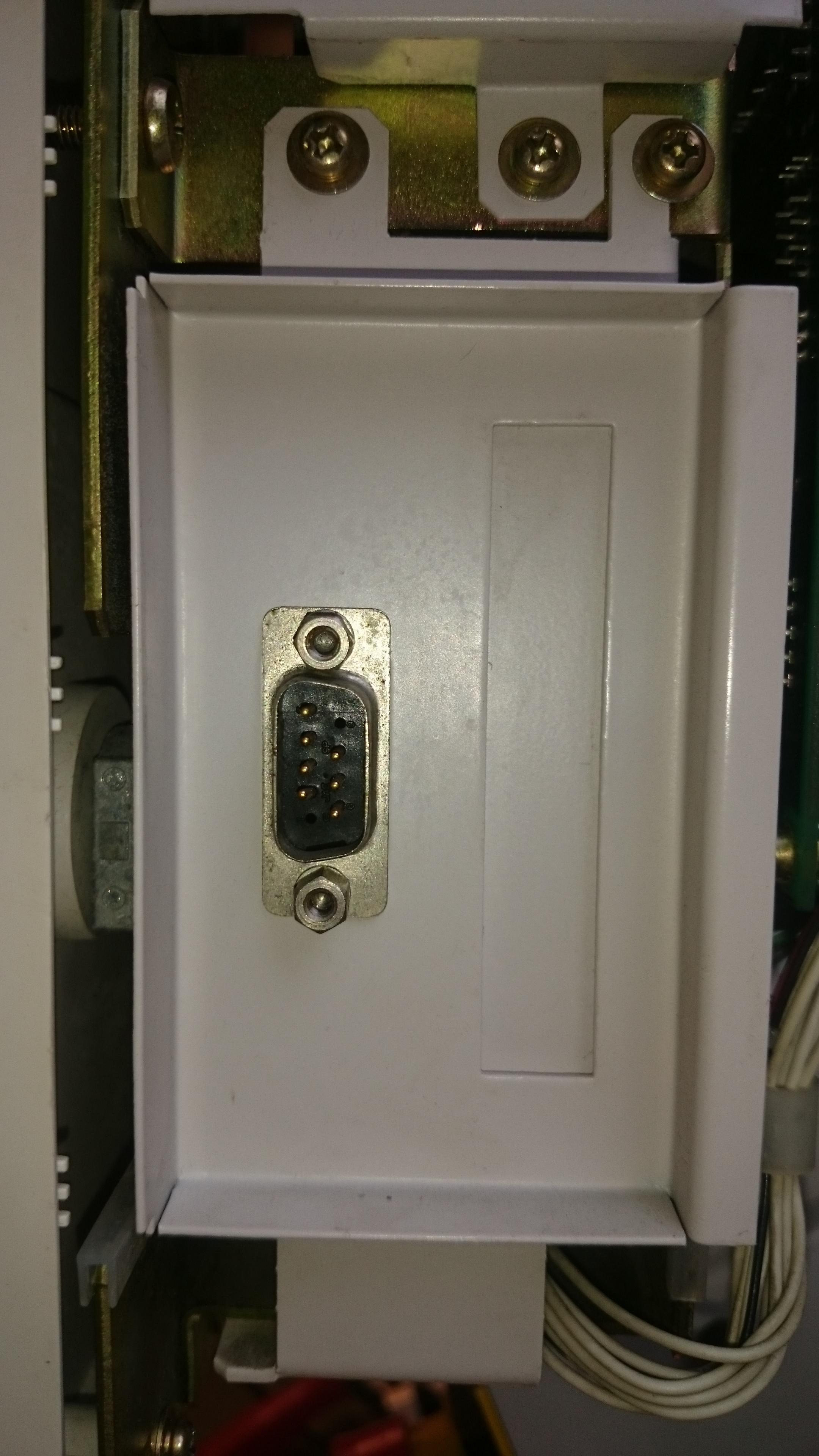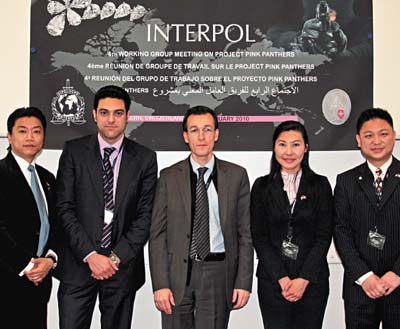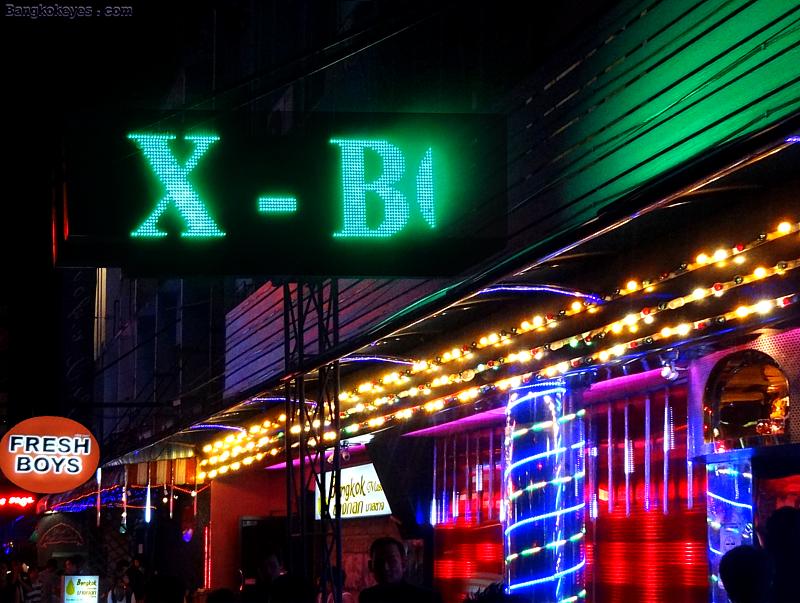
And by crosschecking their phone records, they also found the other two suspected of involvement in the robbery: ‘Sasa’, 37, and ‘Luka’, 48. Nor were they identified until 2013 following progress in a forensic investigation into traces of blood on one of the glass cabinets, on a cupboard and on a Cartier box.īy analysing the DNA, they identified two Serb nationals who were unknown in France but wanted in Austria: ‘Zica’ and ‘Boka’, both of them 41 years old. But the thieves themselves were never caught. Police later managed to arrest their Serbian fences, one of whom had a stolen watch on his wrist. One pulled a handgun, while the others smashed open the glass cases, snatching 350,000 euros worth of jewellery and watches before fleeing- all within the space of a minute. One morning in September 2003, a group of masked men burst into a jewellery shop in Belfort, a town in eastern France just 25 km from the Swiss border.



The Belfort job had all the hallmarks of a ‘Pink Panther’ operation, the modus operandi used by an international jewel thief network of Serbs and Montenegrins responsible for some of the most audacious robberies of the past two decades.īetween 19, these criminals are thought to have carried out at least 380 armed robberies, targeting high-end jewellery stores and snatching 334 million euros ($ 391 million) worth of loot, Interpol says. Uzice (Serbia): They believed they were safe but a few blood drops betrayed them: 15 years after a daring robbery at a French jewellery store, the four alleged perpetrators have been found - in Serbia.


 0 kommentar(er)
0 kommentar(er)
